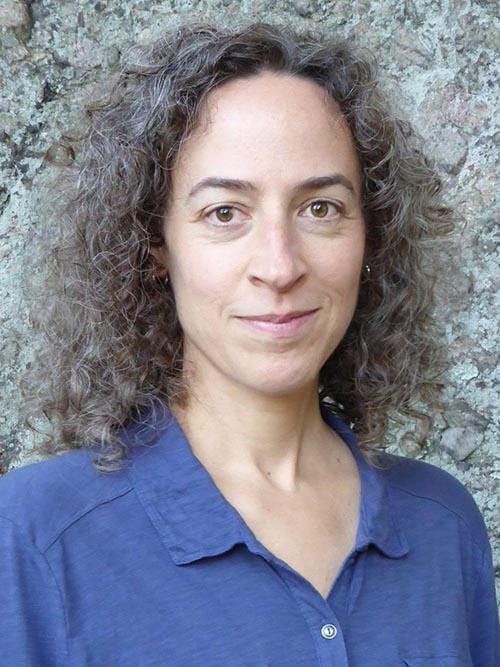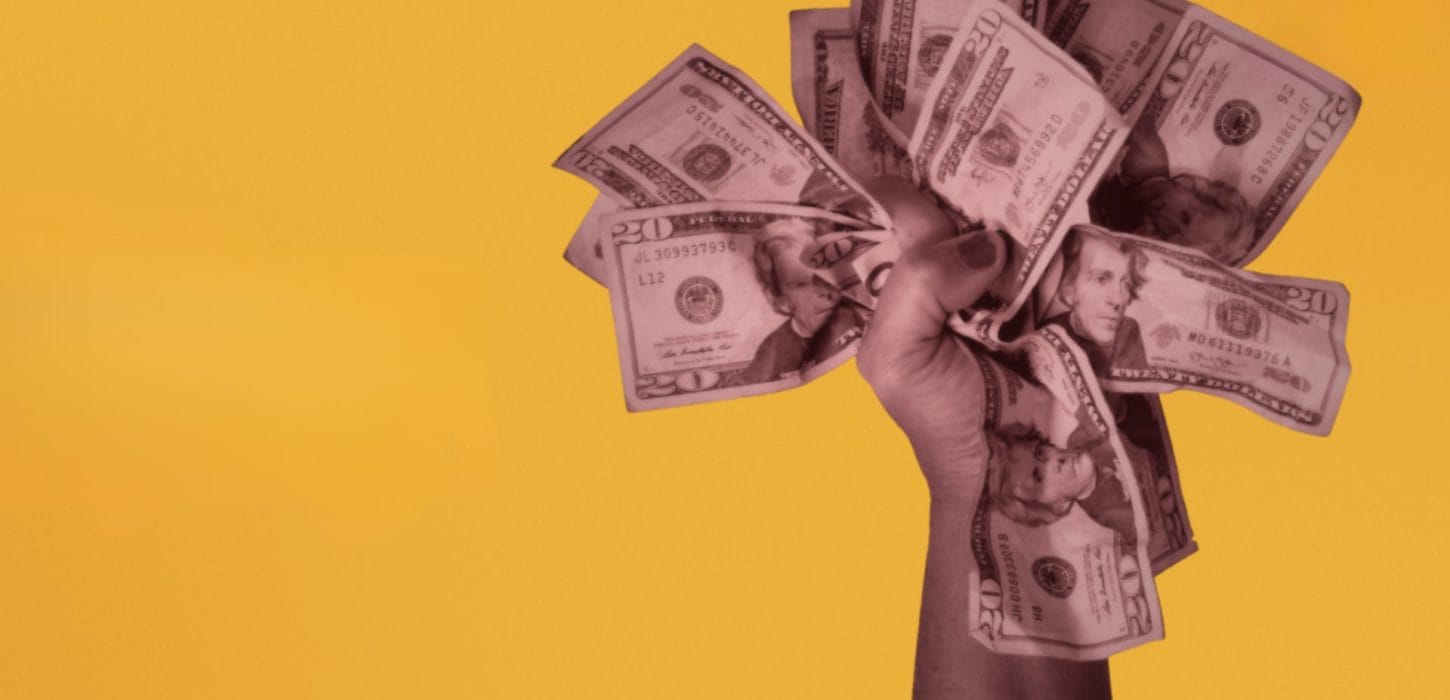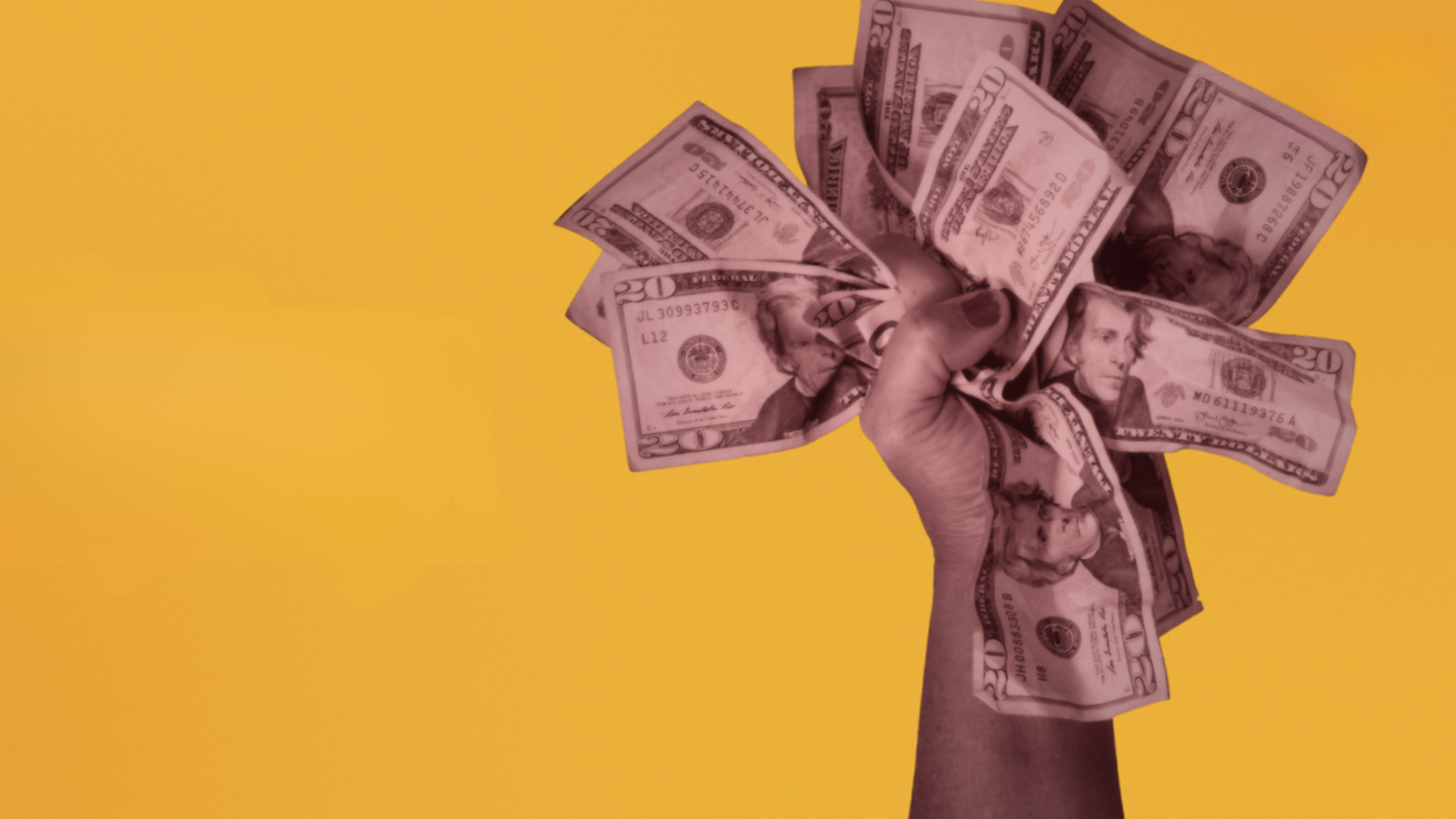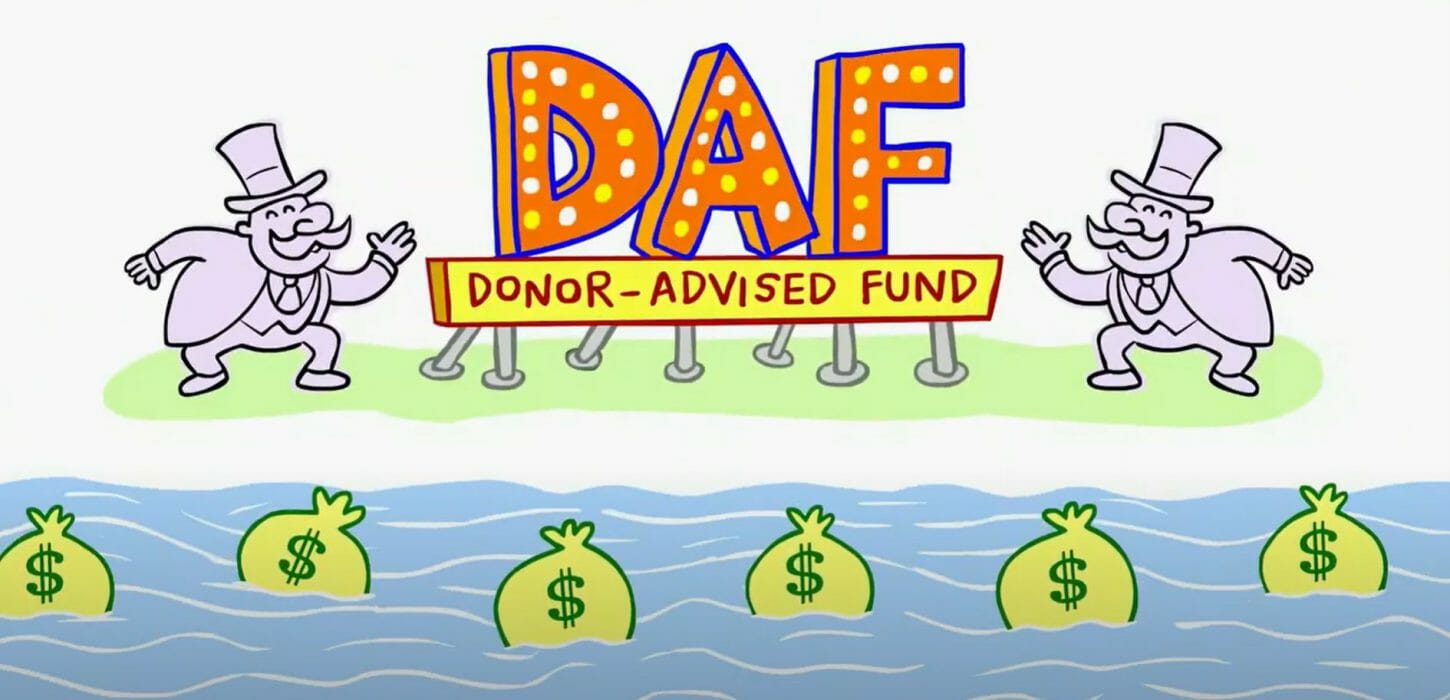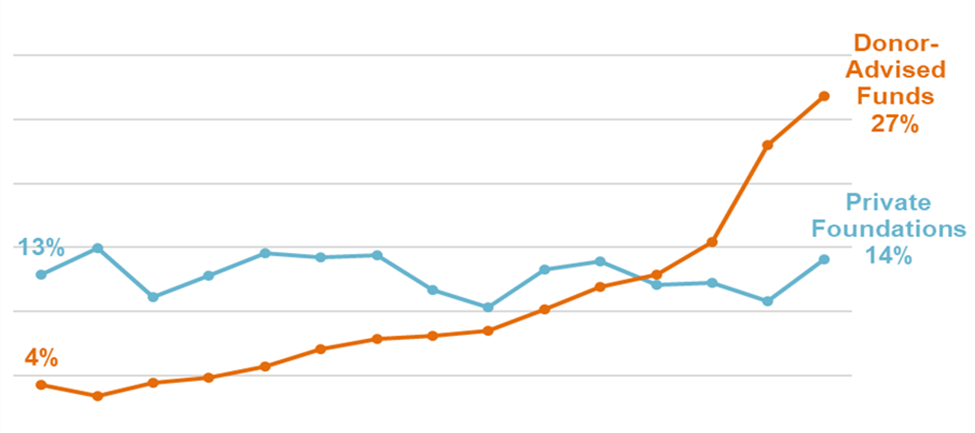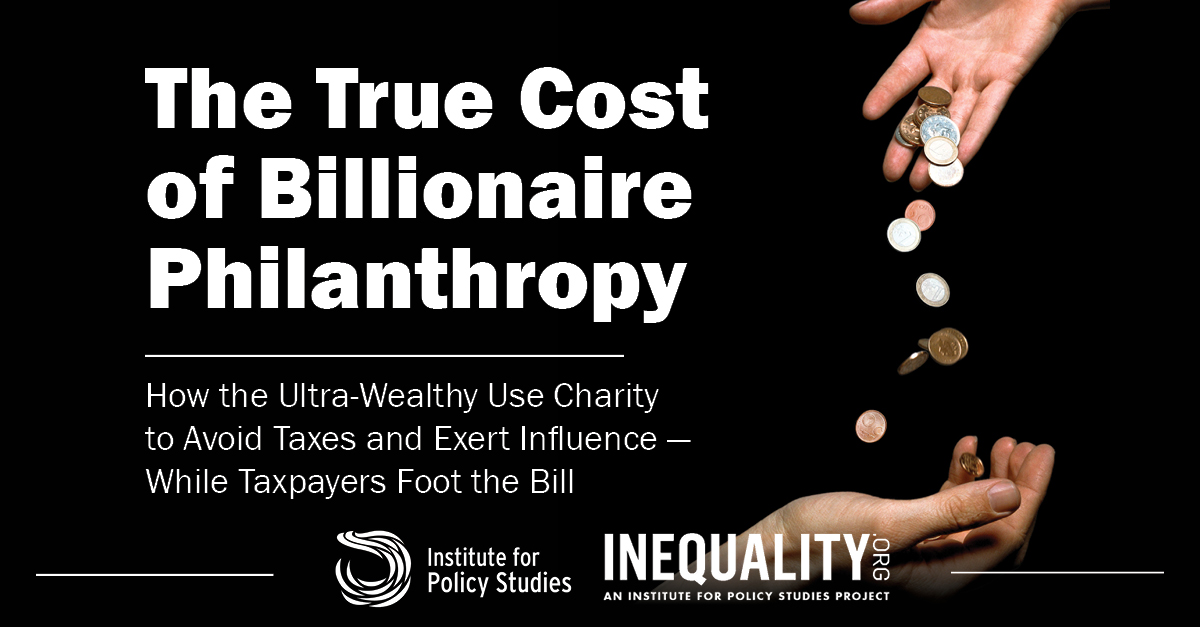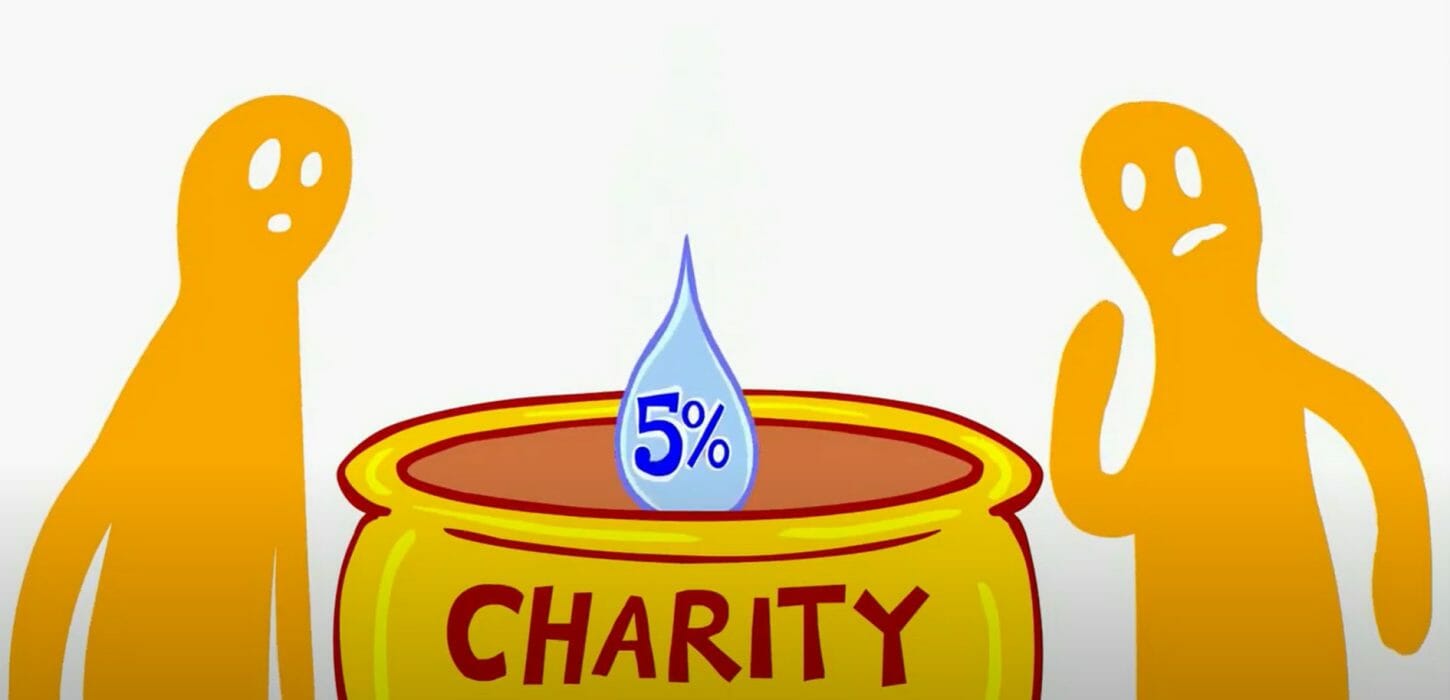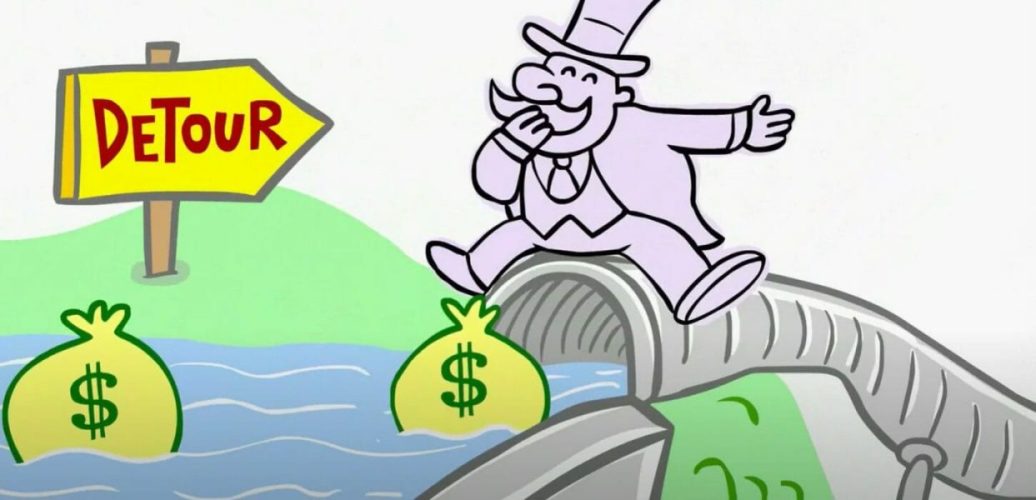Helen Flannery is an Associate Fellow at the Institute for Policy Studies in the Program on Inequality and the Common Good, where she directs the program’s charity reform research work. Helen’s research focuses on the relationship between philanthropy and inequality, including the policies and practices surrounding charitable mega-giving, private foundations, and donor-advised funds.
Prior to coming to IPS, Helen provided nonprofits with reporting, analytics, and industry benchmarking services through her work at Target Analytics and ROI Solutions. At those organizations she also wrote extensively on charitable sector fundraising topics such as direct marketing, sustainer giving, and the economic factors affecting donor behavior.
